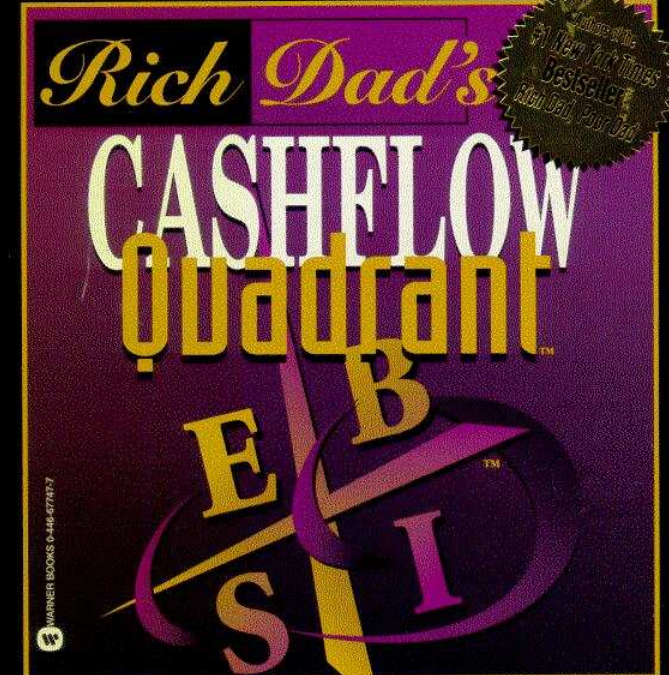The book “Cashflow Quadrant: Rich Dad’s Guide to Financial Freedom” by Robert T. Kiyosaki delves into the concept of financial independence and the different paths individuals can take to achieve it. Here’s a summary of what the book discusses in English:
The book introduces the “Cashflow Quadrant,” a model that categorizes people based on how they generate income: Employee, Self-Employed, Business Owner, and Investor. Kiyosaki argues that the majority of people fall into the Employee or Self-Employed categories, where they trade time for money.
He contrasts these roles with the Business Owner and Investor categories, which he describes as more conducive to financial freedom. Business Owners are said to leverage their skills and knowledge to create and manage businesses, while Investors focus on acquiring assets that generate income without direct involvement in day-to-day operations.
Kiyosaki emphasizes the importance of financial education and the need to move beyond the Employee and Self-Employed quadrants to achieve true financial independence. He provides strategies and insights on how to transition into the Business Owner or Investor quadrants, including advice on investing, creating multiple streams of income, and building wealth through assets.
The book also explores the psychological and emotional aspects of money, including the fear of failure, the desire for security, and the importance of mindset in achieving financial success. “Cashflow Quadrant” serves as a guide to help readers understand their financial roles, develop a plan for financial freedom, and ultimately achieve the freedom to live life on their terms.

